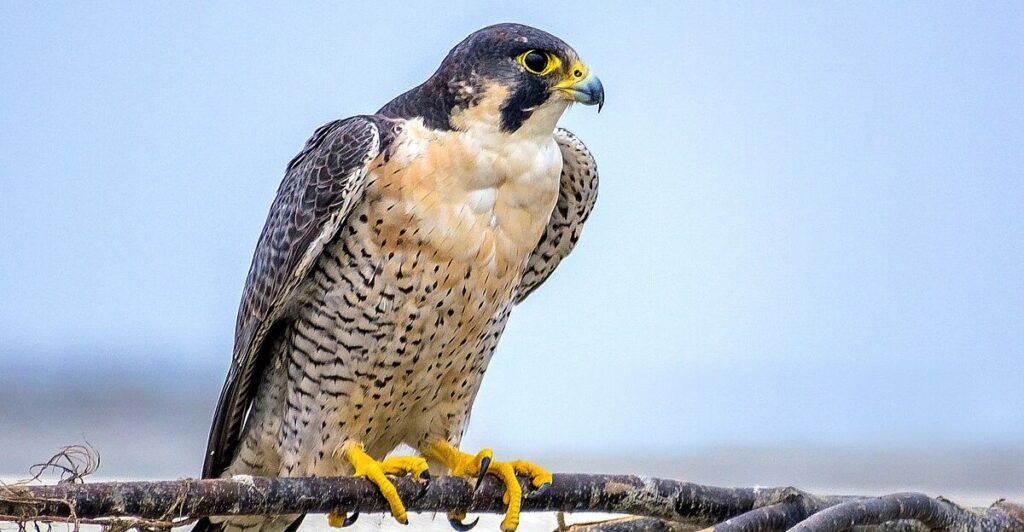
Dinosaurs may have roamed Earth millions of years ago, but their legacy is far from extinct. Many animals today still carry the traits of dinosaurs. While they’ve evolved in fascinating ways, the connection to dinosaur roots remains strong. Here are 12 creatures that will amaze you with how much of the ancient world still lingers in the animals around us.
1. Penguin

Penguins usually seem out of place in the dinosaur family. Flightless and sleek, they evolved from theropod dinosaurs with feathers, a key trait inherited by modern penguins. What’s fascinating is that penguins’ bone structure, shaped for aquatic life, mirrors that of their feathered ancestors, adapting for swimming rather than flight.
2. Quail

With stubby wings and strong legs, Quails share a remarkable connection with dinosaurs. Their anatomy features three toes on each foot, a characteristic inherited from theropod ancestors. When quails dash across the ground or flap their wings, it’s a throwback to the early days of flightless dinosaurs.
3. Pigeon

No need for elaborate fossils to understand the connection between pigeons and dinosaurs—they’re practically living proof. Birds, including pigeons, directly evolved from theropods, with modern pigeon wings still showcasing skeletal evidence. Surprisingly, pigeons’ ability to cover vast distances mirrors the agility of ancient ancestors.
4. Parrot
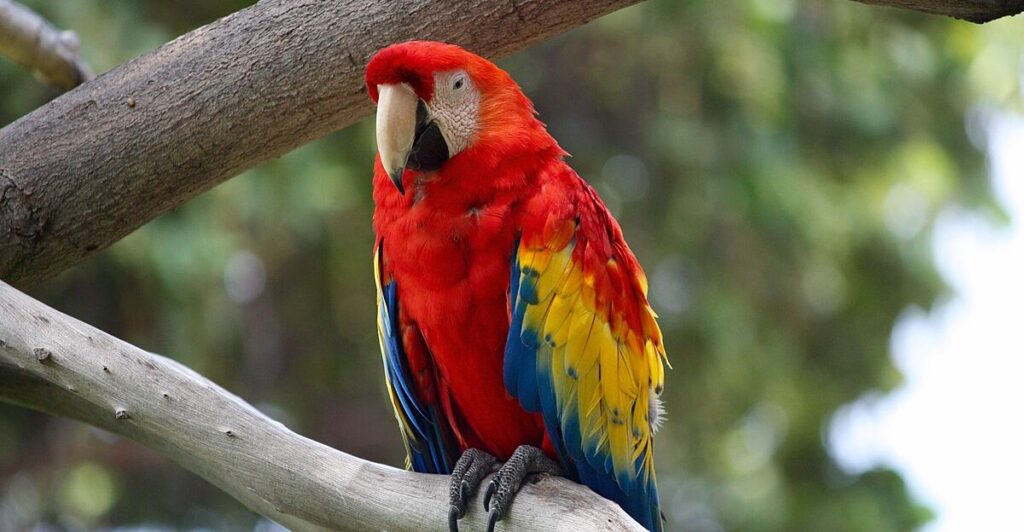
The colorful parrot, known for its intelligence and vibrant plumage, belongs to a family that hails from the theropod lineage. One particularly interesting thing is how parrots’ vocal abilities echo those of early dinosaurs. Parrots share brain structures with raptors, suggesting that communication and intelligence were valued by their prehistoric relatives.
5. Falcon
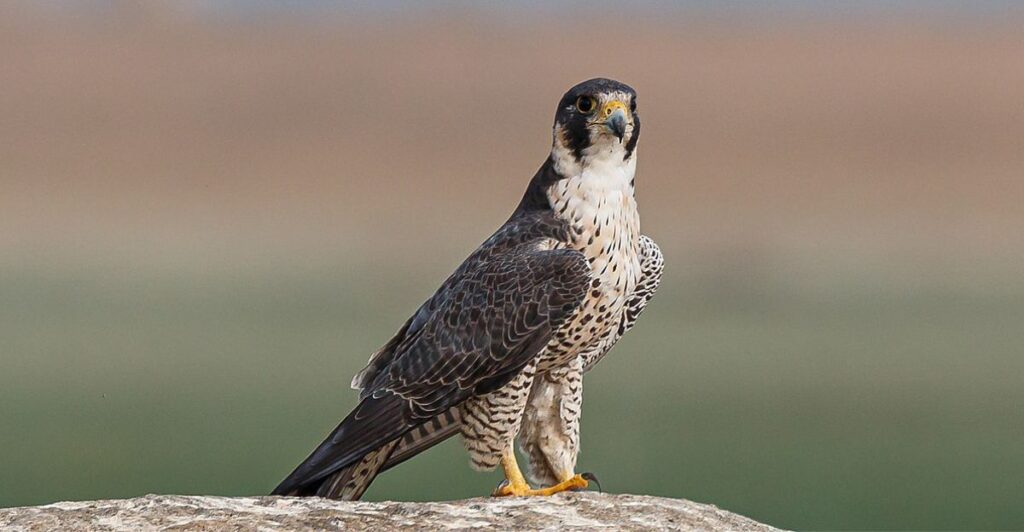
Falcons remind us of the predators that ruled the Mesozoic. With powerful beaks and sharp talons, Falcons are the direct descendants of ancient flying dinosaurs. The falcon’s hunting style, relying on precision and speed, ties directly to theropod traits—those same raptors that stalked the skies millions of years ago.
6. Albatross
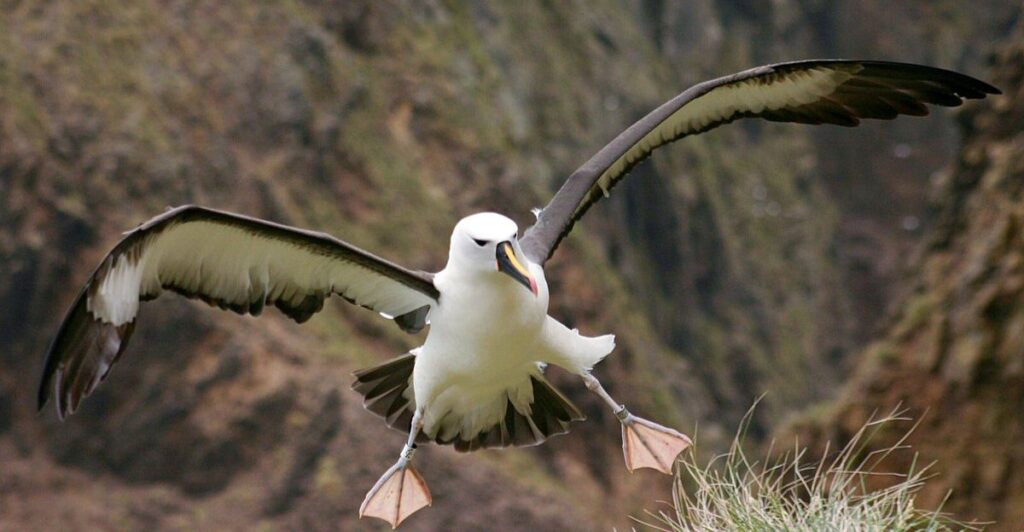
The albatross’s adaptations and behaviors offer a living link to the evolutionary journey from dinosaurs to modern birds. While many birds soar, few match the albatross’s ability to glide for hours without flapping its wings. It is a rare skill that connects them to early avian species, which adapted from theropod dinosaurs that could master flight.
7. Kea

Found in New Zealand, the kea parrot is one of the smartest bird species alive today. Its playful nature and problem-solving abilities are traits it shares with theropod dinosaurs, specifically those known for cunning survival strategies. Besides, its ability to mimic sounds and voices further showcases its remarkable adaptability and intelligence.
8. Roadrunner
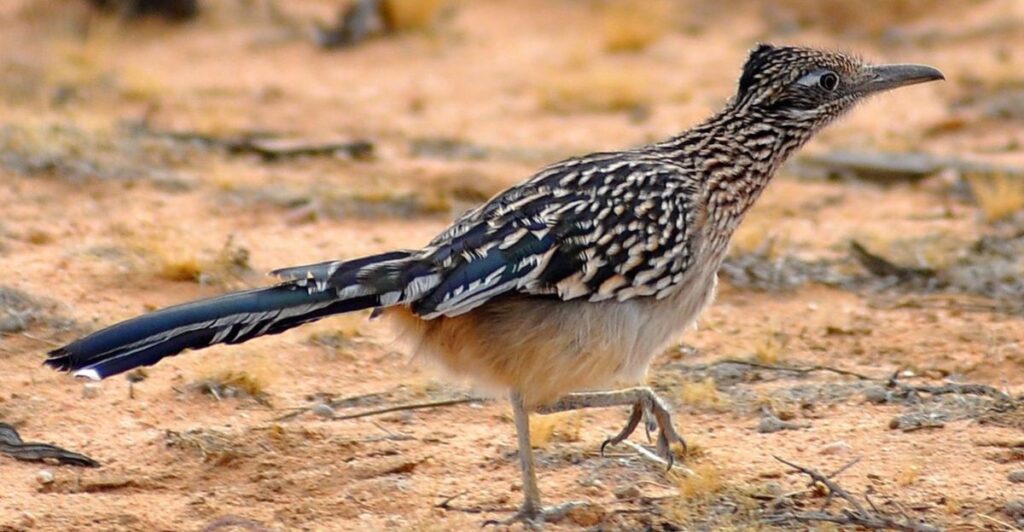
These birds bring memories of the prehistoric era when dinosaurs dominated the earth. Unlike many birds, the roadrunner relies more on running than flying, an adaptation that traces back to small, agile theropods that mastered speed on land. This behavior demonstrates how the roadrunner has maintained a dinosaur’s instinct for survival through speed and agility.
9. Archaeopteryx

Archaeopteryx stands as the ultimate proof of dinosaur-to-bird evolution. Fossils of this ancient bird, which lived around 150 million years ago, reveal a creature that could both fly and walk. With feathers yet a bony tail and teeth, Archaeopteryx’s discovery was a game-changer in understanding evolution—no wonder it’s often called the “first bird.”
10. Turkey

A seemingly ordinary bird, the turkey harbors an extraordinary link to the distant past. Standing tall on two legs with feathers that flutter in the wind, it shares much with its theropod ancestors. Its rapid movements, keen instincts, and ability to thrive in harsh environments are traits inherited from dinosaurs that once ruled the land.
11. Vulture

Imagine a bird that features the fierce qualities of ancient raptors—this is the vulture. With sharp talons, keen eyesight, and a powerful beak, vultures echo the predatory traits of theropod dinosaurs that soared through prehistoric skies. Vultures’ scavenging skills are an evolutionary survival mechanism inherited from the dinosaurs’ need to be constantly alert and agile.
12. Peafowl

Peafowl’s vibrant plumage and courtship display mirror the ornate feathers of theropods. Their impressive tail feathers, used for mating, are descendants of those dinosaurs likely used for communication. The evolutionary link between peafowls and theropods is further supported by shared features like strong legs and beak-like mouths.
Stay connected with us for more stories like this! Follow us to get the latest updates or hit the Follow button at the top of this article, and let us know what you think by leaving your feedback below. We’d love to hear from you!







